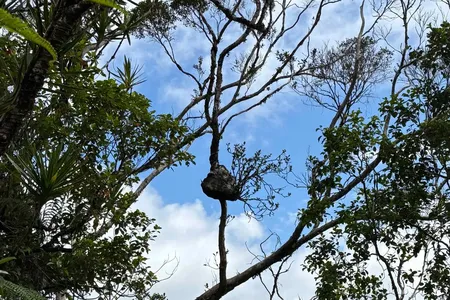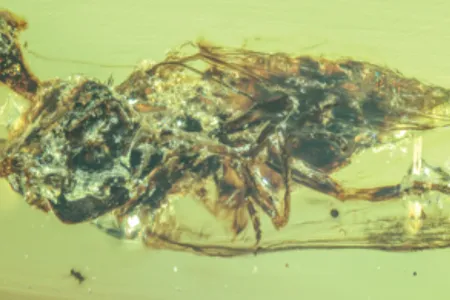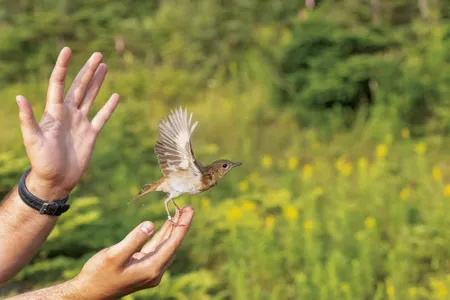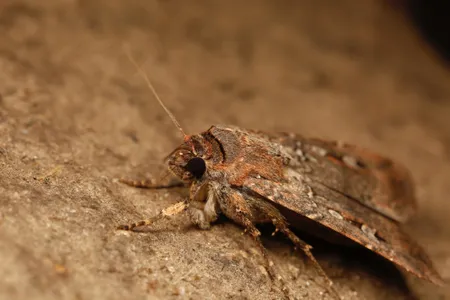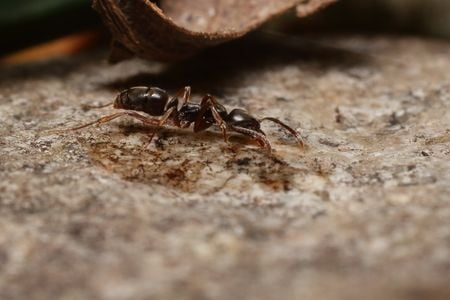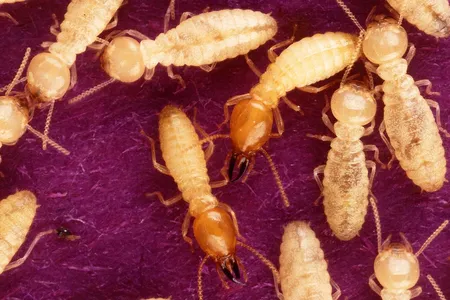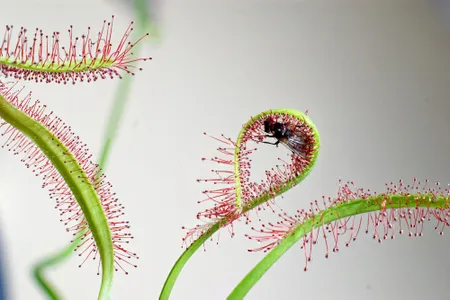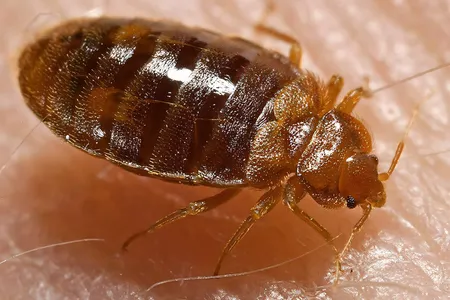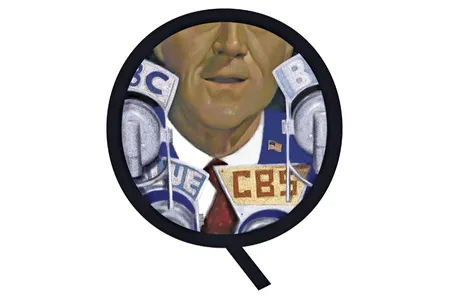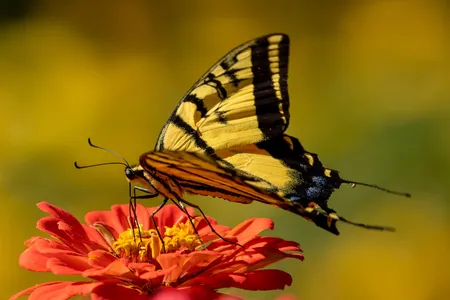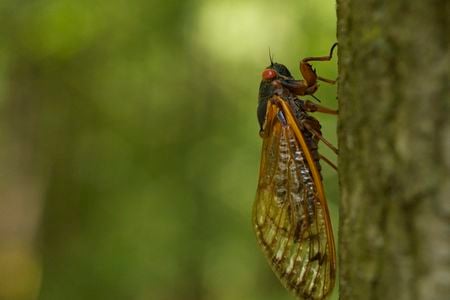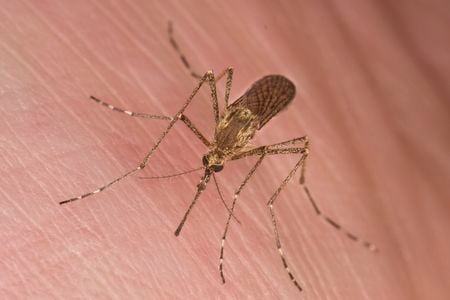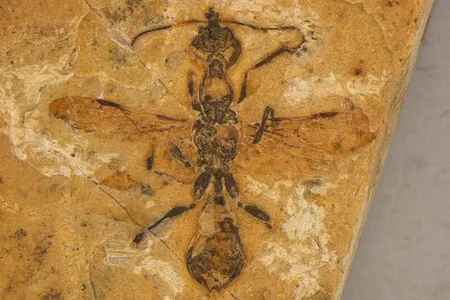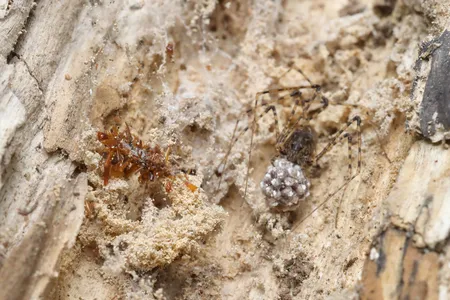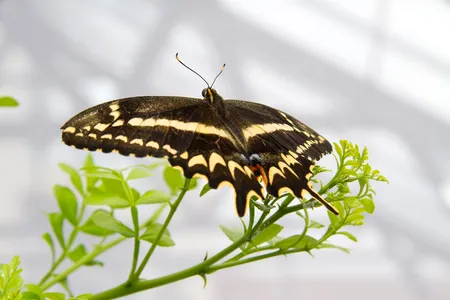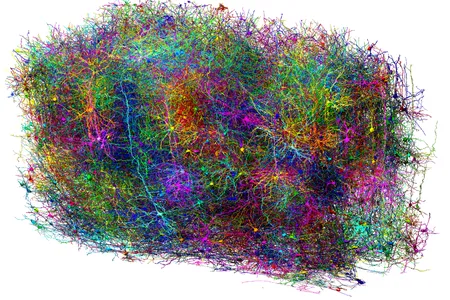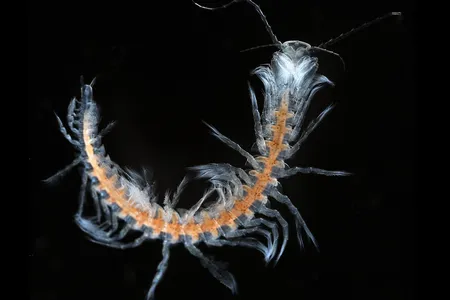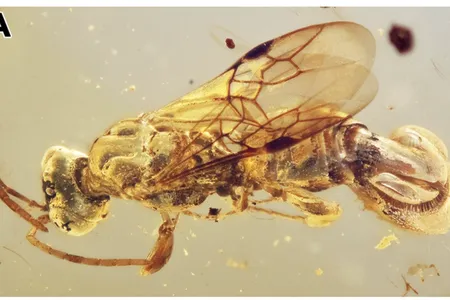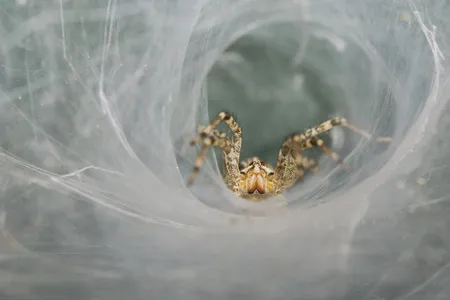Enemy Ant Colonies Are Peaceful Roommates in Apartment-Like Plants on Fiji. Scientists Discovered How This Delicate Coexistence Works
New research explores the surprising symbiotic relationship between tubers and different ant species at rainforest heights
Rare Amber Fossils Capture ‘Zombie’ Fungus Infecting Insects During a Time When Dinosaurs Still Walked the Earth
An ant and fly from the Cretaceous period offer insights into the history of Ophiocordyceps, the fungal parasite made popular by HBO’s “The Last of Us”
Scientists Are Tracking Worrying Declines in Insects—and the Birds That Feast on Them. Here’s What’s Being Done to Save Them Both
In Vermont, researchers have investigated the types of creepy, crawly bugs that their avian predators consume and may have found the answers to keeping them both alive
Australian Moths Are the First Known Insects to Navigate by the Stars, Revealing a Migratory Superpower
Bogong moths use both Earth’s magnetic field and the starry night sky to make twice-yearly migrations spanning hundreds of miles, according to new research
Watch Out for These Invasive, Stinging Ants That May Cause Life-Threatening Allergic Reactions
First introduced in the 1930s, carnivorous Asian needle ants appear to be spreading across the United States
Two Invasive Termites Are Interbreeding in Florida, Raising Concerns That the Hybrid Pests Could Spread Around the World
Previous research found that Asian and Formosan termites could produce offspring together, and now, scientists have found these creatures established in the wild
Carnivorous Plants Have Been Trapping Animals for Millions of Years. So Why Have They Never Grown Larger?
Plants that feed on meat and animal droppings have evolved at least ten times through evolutionary history
14 Million Honeybees Escaped From an Overturned Truck in Washington State. Local Beekeepers Helped Corral Them
Most of the bees have now been recovered, and the road is open to the public again
Bedbugs Could Have Been the First Urban Pest to Plague Human Cities, New Study Suggests
Scientists examined the genomes of two bedbug lineages to trace how their population sizes have changed over time
What Happened to FDR’s Fireside Chats? And More Questions From Our Readers
You’ve got questions. We’ve got experts
Smithsonian Photo Contest Galleries
Be Blown Away by These 15 Images of Beautiful Butterflies
These shots from the Smithsonian Magazine Photo Contest show just why butterflies have floated into our hearts
Watch for Cicadas: Billions From Brood XIV Will Soon Emerge After 17 Years Underground
The insects from this group were last seen in 2008 and will appear across the eastern U.S. for a brief, dramatic frenzy of mating and dying
Why Do Mosquitos Bite Some People More Than Others? Your Blood Type, Sweat Contents and Even Alcohol Consumption May Make You More Attractive to the Pesky Insects
Scientists are working hard to discover the factors that drive the blood-sucking insects to target certain individuals
Scientists Discover the Oldest Known Ant Fossil, a 113-Million-Year-Old ‘Hell Ant’ Preserved in Rock in Brazil
The odd-looking specimen with scythe-like jaws indicates that early ants were spread widely across the globe while dinosaurs still roamed
Researchers Discover a Rare, Carnivorous Caterpillar That Wears Dead Insect Parts to Fool Spiders
The species, dubbed the “bone collector,” belongs to an ancient lineage of moths older than the Hawaiian island of Oahu, which is the only place it’s known to live today
Why Does This Endangered Butterfly Thrive After Hurricanes?
For Schaus’ swallowtail butterflies, the powerful storms mean clear skies and bright futures
In a World First, Researchers Mapped Part of a Mouse’s Brain in Incredible Detail. It’s a Leap Forward for Neuroscience
The 3D brain map includes more than 200,000 cells, 523 million synapses and over two miles of axons, representing the most detailed wiring diagram of a piece of mammal brain ever constructed
You Might Think of Shrimp as Bugs of the Sea. But a Remarkable Discovery Shows the Opposite: Bugs Are Actually Shrimp of the Land
A recent study suggests that insects branched out from crustaceans on the tree of life
Ancient, Parasitic Wasp Used Its Rear End Like a Venus Flytrap to Catch Insects and Lay Its Eggs on Them, Study Suggests
Scientists say they’ve never seen anything like this “truly unique” species, which was found encased in amber
Getting Annoyed at Your Noisy Neighbor? Spiders Are, Too. New Research Finds They’ll Build Webs Differently in Loud Conditions
In lab experiments, spiders changed how they constructed their webs in noisy environments, and rural and urban spiders responded differently
Page 1 of 35
